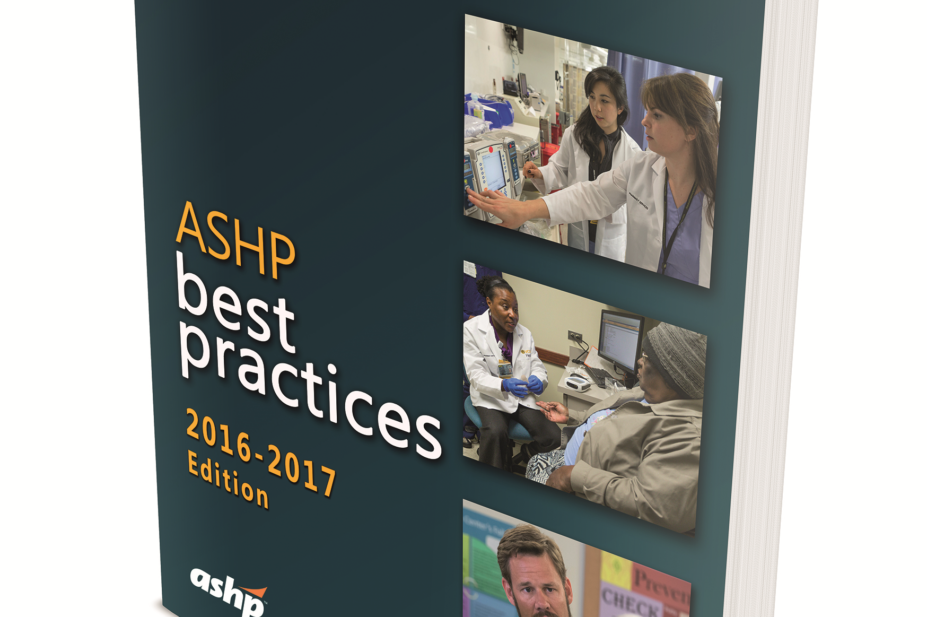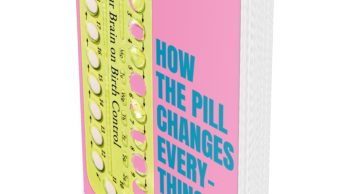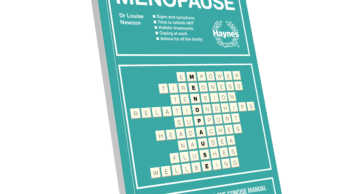
The guidance documents of the American Society of Health-System Pharmacists (ASHP) represent a consensus of professional judgement, expert opinion and documented evidence. They offer help and direction to pharmacists and others who are affected by pharmacy practice. Their use will help with compliance with regulations (both in the United States and in other countries), meeting accreditation requirements and improving pharmacy practice and patient care.
The book is structured by topics to help readers locate them quickly. The topics cover all areas of hospital pharmacy practice, including automation and information technology, drug distribution and control, education and training, ethics, formulation management, law and regulation, medication misadventures, medication therapy and patient care, specific practice areas, pharmaceutical industry, pharmacy management, practice settings, research and therapeutics.
Under each topic listed are the relevant ASHP positions, statements, guidelines, technical assistance bulletins, therapeutic guidelines, therapeutic position statements and endorsed documents. Positions are short pronouncements intended to address professional practice. Often, principles established in positions are elaborated on in statements and guidelines. Statements express basic philosophy. Guidelines offer advice on the implementation or operation of pharmacy programmes while technical assistance bulletins offer more detailed advice on pharmacy functions. There are also two types of therapeutic documents. Therapeutic position statements are concise responses to specific therapeutic issues and therapeutic guidelines are thorough discussions of drug use. Endorsed documents have been produced by other organisations but approved by the ASHP.
Practice standards have evolved as a result of advances in technology, new knowledge from research and lessons gained from experience.
This book is a wealth of useful information put together in a rather unusual way. Each section is well referenced although some of the references cited in the older sections were written over 20 years ago. In order to make best use of the book, a careful reading of the introduction is essential to overcome the difficulties in understanding the terminology. ASHP has been successful in including all its policy statements in one valuable reference source. Although many of the monographs relate to practices in the USA, much is readily applicable to Europe.
These documents have stimulated improvements in pharmacy operations and practices, influenced accreditation standards, laws and regulations and contributed to an awareness among consumers and policy makers of the vital role played by pharmacists. It is a useful book to have on the shelf.
Laurence A Goldberg
References
ASHP best practices 2016–2017: position and guidance documents of ASHP, by Bruce Hawkins. Pp xxii+744. Price $103. Maryland: American Society of Health-System Pharmacists; 2016. ISBN 978 1 58528 583 9


